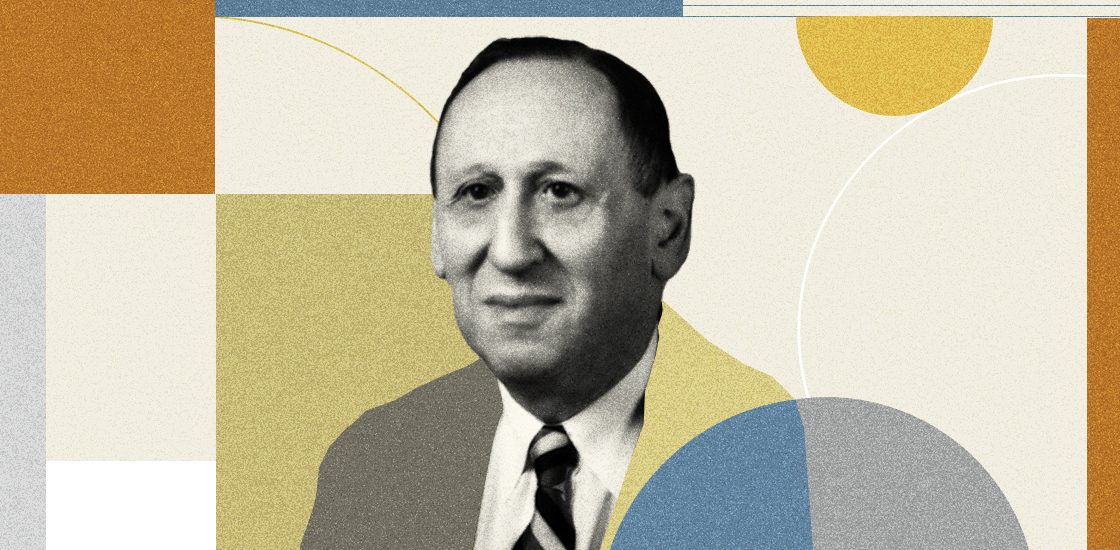The new history of autism, part III
For decades, two figures have dominated the history of autism studies. Today, newly excavated documents are calling into question the primacy of these men as founders of the field.

T
he basic conceptual framework of the autism spectrum was largely built by the 1980s, but four developments since then have had fundamental effects on our picture of autism. The first arose from a 1977 paper by psychiatrists Susan Folstein and Michael Rutter that finally quashed the harmful notion, dating back to the 1950s and popularized in the 1960s, that autism was caused by ‘refrigerator mothers’ who lacked the warmth to raise healthy children. Folstein and Rutter studied autism rates among twins and found “important hereditary influences” underlying some of autism’s signature traits. The study was convincing enough to do away with a theory that had aggrieved many families and sometimes even removed autistic children from their mothers’ care.The view of autism, meanwhile, was also broadened by Wing’s 1981 paper, discussed in part I of this article, that declared the autistic world was populated not just by Kanner’s deeply disabled children and a sprinkling of Aspergian savants but by an entire spectrum of presentations in which autism’s traits might appear in different combinations at different strengths.
This understanding, which spread slowly but steadily through both the research and autistic communities, helped lay the foundation for the autistic community’s largely successful recasting, beginning in about 2000, of autism as a syndrome not of ‘deficits’ but of ‘neurodiversity’ — a breadth and variety of traits that, like most in the human palette, can be liabilities in some contexts and assets in others. The term originated in “Odd People In,” a 1998 undergraduate honors thesis by autistic writer and advocate Judy Singer, who later wrote the book “NeuroDiversity: The Birth of an Idea.”
Robison sees the term as a way for autistic people to both own and celebrate their condition, as it “did not carry the stigma of disability. Because where autism was exclusively a characterization of how we were less than other people, neurodiversity allows for the possibility that we are more than the average person in some domains and less in others.”
Finally, the most notable development in autism research as a venture has been the increasing presence of autistic researchers who are diversifying research staffs and expanding the focal points of study.
Their goal is to steer research away from searches for ‘causes’ or ‘cures’ and toward work on the sorts of interventions, programs, practices and information that can help autistic people manage their places in the world — and help non-autistic people understand what they can do differently to improve mutual comprehension. “Nothing about us without us,” has been a battle cry of this movement.
As many research centers and funders begin to heed this call, they are shifting their autism research agendas to produce more experience-centered studies. One line of study led by autistic researcher Damian Milton, lecturer in intellectual and developmental disabilities at the University of Kent in England, for instance, explores what he dubbed “the double-empathy problem,” which involves the failure of non-autistic people to see that they are often at least as bad at understanding autistic people as autistic people are at understanding them.
Another recent paper, led by Tomisin Oredipe and Bella Kofner, who worked on the study as undergraduate students at College of Staten Island in New York City, found that telling children at a younger age that they are autistic improves their well-being and function compared with autistic children who are told later. As their collaborator, Steven Kapp, senior lecturer at the University of Portsmouth in England, put it, this “helps people understand themselves and also helps them connect with other people like them.”
Breadth brings depth:
The history of autism studies is a troubled one, with critical passages full of fog that may never lift. But what’s clear amid that fog is that science advances by being inclusive, recognizing diversity and widening its scope.
“Ultimately,” wrote author Lina Zeldovich in a 2018 Spectrum story about Sukhareva, “it took a spectrum of these researchers to define autism’s full spectrum.” Sukhareva, Frankl, Weiss and Sister Viktorine all played crucial roles in recognizing autism as a distinct syndrome, but all went unfairly and spectacularly ignored for decades. This deprived them of recognition that would have produced not just rewards to them, but a fuller and more accurate history of autism — and the real workings of science. These names, along with Wing, Folstein, Rutter, Robison and others we lack room for here, belong alongside Kanner and Asperger as pioneers of this field — which, like all science, remains a frontier, now being explored by people who vary more in origin, experience and perspective than ever before.
Corrections
A previous version of this story misattributed the lead authorship of the study done by Tomisin Oredipe and Bella Kofner. The story also misattributed the origin of the term neurodiversity, and has been corrected to credit it to Judy Singer.
Recommended reading

New organoid atlas unveils four neurodevelopmental signatures

Glutamate receptors, mRNA transcripts and SYNGAP1; and more

Among brain changes studied in autism, spotlight shifts to subcortex
Explore more from The Transmitter

Not playing around: Why neuroscience needs toy models
